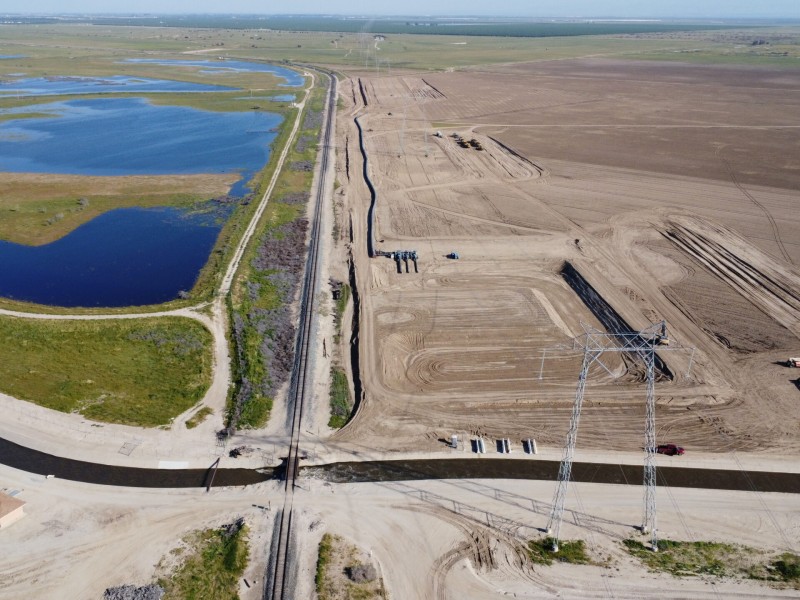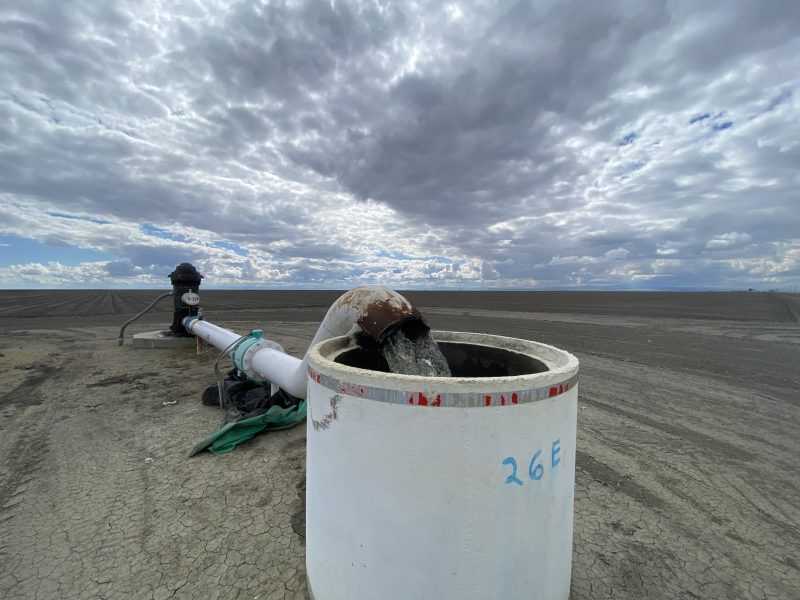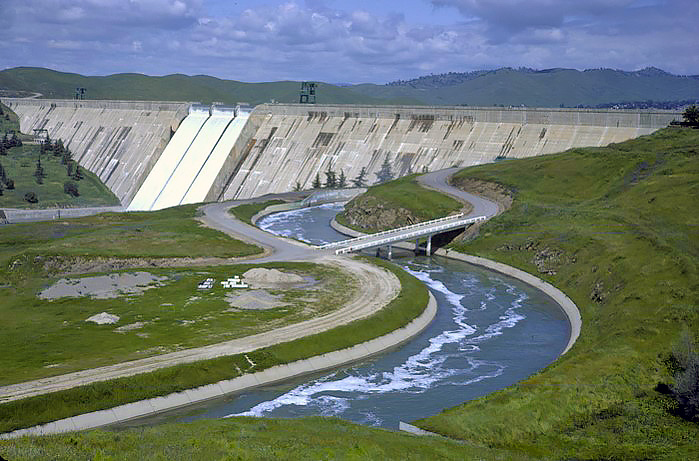Kern agencies prepare to submit third groundwater plan in hopes it’s the charm that wards off state pumping takeover

In an effort to avoid the fate of their neighbors to the north, Kern County water managers are putting the finishing touches on a new groundwater plan they hope will stave off probation in order to keep state bureaucrats from taking over local pumping.
The county’s 20 groundwater agency boards began approving final changes to the plan, which is actually six identical plans, last week in expectation of submitting them to the state Water Resources Control Board by May 28.
The goal is to stay out of probation, which is where the Tulare Lake subbasin ended up after a hearing before the Water Board on April 16. Tulare Lake covers almost all of Kings County.
Now, under probation, most Kings County growers will have to register their wells at $300 each and report extractions starting July 15. They may also have to install well meters and pay the state $20 per acre foot pumped. Meanwhile, water managers have a year to work with Water Board staff on an acceptable plan to protect the region’s severely overdrafted aquifer that has led to dry wells and vast swaths of collapsing land.
If they can’t come up with a plan, the state would step in, set pumping allotments and charge even higher fees, issue fines and more.
That sort of state intervention has been the main stick prodding growers and water managers since enactment of the Sustainable Groundwater Management Act (SGMA) 10 years ago.
Before any similar intervention, though, Kern will go before the Water Board for a probationary hearing. Two other subbasins, the Tule and Kaweah are set to have probationary hearings Sept. 17 and Nov. 5, respectively.
Kern is scheduled to go before the board sometime in January 2025.
Revamping
Locals have taken advantage of that time to recraft plans with what they’ve learned from other subbasins’ mistakes and heard from Water Board staff.
“We want to get back to DWR (Department of Water Resources),” said Rodney Palla, chair of the Kern River Groundwater Sustainability Agency (GSA), which recently approved amendments to the largest of Kern’s groundwater plans.
DWR did the initial evaluations on groundwater plans, which failed twice in Kern and several other San Joaquin Valley subbasins. That put those regions under the authority of the Water Board, SGMA’s enforcement arm.
One of the biggest changes to Kern’s new groundwater approach is preparation of a robust domestic well program under a planned partnership with nonprofit Self-Help Enterprises to make sure damage to household wells from over pumping is minimized and addressed so residents are protected.
The other main changes have been agreeing on how “undesirable results” are defined, measured and when a response is triggered.
SGMA lists six undesirable results that groundwater agencies must address. Four apply in Kern County. Those are: Chronic lowering of groundwater; degradation of water quality; land subsidence, or sinking; and reduction of groundwater storage, typically caused by subsidence.
The red line
Previous Kern County plans had different definitions of those issues, including safe “minimum thresholds.” Those are a sort of underground red line where you start seeing problems such as wells going dry if groundwater dips below those lines.
As SJV Water has previously reported, water agencies had sometimes wildly different minimum thresholds, which was frowned on by state regulators.
The Semitropic Water Storage District, which contributes the largest amount to Kern’s 300,000-acre-foot annual groundwater deficit, had initially set minimum thresholds far below those of its neighboring districts. That was specifically called out in DWR’s initial plan evaluations.
The new plans now agree on a method for setting minimum thresholds basin wide and what will trigger an automatic response.
“I think it’s reasonable. We landed on a common methodology,” said Semitropic General Manager Jason Gianquinto.
Water managers have also extended and improved their water quality and subsidence monitoring well networks and refined water budgets adjusted for climate change.
The biggest question gnawing at water managers now is how the Water Board staff will view submission of six new plans, rather than one.
Each plan is identical, explained Maureen Reilly, a consultant with Todd Groundwater during a recent Kern River GSA Meeting.
But five GSAs chose to submit their own plans with “highlights” explaining unique attributes or projects within their own areas, Reilly said.
Good actors
That goes back to what’s known as the “good actor clause,” which allows the Water Board to exempt agencies from probation if they’re found in compliance with SGMA.
That didn’t happen for agencies in the Tulare Lake subbasin and Water Board staff has recommended against any “good actor” carve outs for agencies in the Tule and Kaweah subbasins as well.
Still, some Kern water agencies appear to be holding on to their individual plans as a potential failsafe, including the Buena Vista GSA where General Manager Tim Ashlock has the exact verbiage of the good actor clause printed out in large font and pinned to his office wall.
“It is the law,” he texted. “But we have not seen it enacted yet. I am not sure anybody has earned it yet.”


